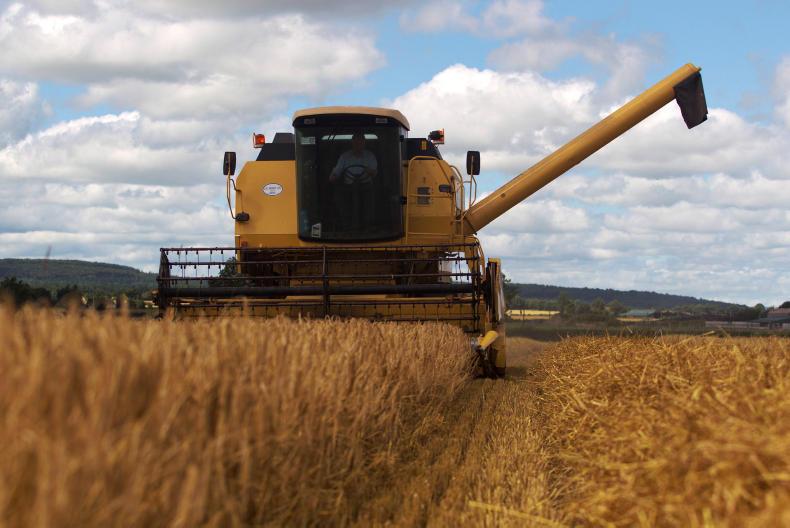What size is right for my farming operation?
While a bigger combine with higher levels of production might seem great, it may not be the best option. You must consider how the combine will fit your operation. If you don’t have the resources in place to transport the grain once it has been harvested, you risk the combine sitting (full) waiting for a trailer. It’s always better to have a smaller machine producing an amount that can handled rather than a bigger machine sitting and waiting for the next available tractor and trailer. Before you go out to buy a used combine, always keep the size and capabilities of your overall operation in the back of your mind.
How many hours?
Review the total hours on the engine and on the threshing unit. The engine hours will give you an idea of how long the combine has been running for and the threshing will give you an idea of how much work it has done. If the engine hours are much higher than the separator, you should be sure to check for gearbox and drivetrain wear. A big difference in hours would suggest that the combine may have been a contractor’s machine and travelled long distances between jobs.
Is there visible wear and tear?
A combine should be judged by its cover. Remember to look for signs of wear on larger belts, chains and sprockets. Clear signs of wear could indicate poor maintenance by the previous owner, or overworking of the equipment.
Be sure to also check the wear and damage on the drum, concave and walkers. The header including the reels, knife and auger should all be given a once over to check for excessive wear or damage.
How much can the header handle?
When buying a used combine, remember that a combine’s capacity should never be more than the gathering head can handle.
The header is where the harvesting begins and the amount it can handle will determine how much grain can be successfully harvested and how much is wasted or damaged in the process.
How comfortable is it to operate?
Be sure to climb inside the combine to make sure the cab comes with all the bells and whistles you’re looking for. The harvesting season calls for long days and many hours inside the combine, so be sure to ask about features such as storage, entertainment options and seat comfort.
Can I start the combine?
When you’re inside the combine testing its comfort, if at all possible, get the combine started and running for a bit to see if there are any audible issues such as grinding, screeching or knocking. Any of these sounds could indicate an issue that could call for major downtime shortly after getting your machine home.






 This is a subscriber-only article
This is a subscriber-only article











SHARING OPTIONS: